Roof repair might not be as noticeable as complete roof replacements, but for many Australian homeowners, it’s a smart and cost-effective choice. It’s like choosing a reliable, everyday car over a flashy one – it gets the job done efficiently and without a hefty price tag.
Think of roof repair as a straightforward solution for your home. Whether it’s fixing leaks, swapping out damaged tiles, or addressing structural issues, it’s all about dealing with problems before they turn into bigger headaches. Plus, regular roof maintenance can be seen as a proactive step, helping to extend your roof’s lifespan by catching and fixing small issues early on.
Going into the specifics, roof repair is not just about making do. Each repair job is an opportunity to enhance your roof’s performance, ensuring your home remains secure, dry, and comfortable. We’re about to dive into the details, exploring the benefits, techniques, and critical considerations for when repair might be the better choice over replacement. This way, you’ll see why roof repair is such a wise option for keeping your home in top condition.
What is roof repair?
Roof repair is a focused intervention aimed at resolving specific issues on a roof, such as leaks, missing shingles, or minor wear and tear. This approach is about tackling problems early on to prevent them from developing into more severe damage. Opting for repair allows homeowners to prolong the lifespan of their roof without undergoing a full roof replacement.
It stands out as an ideal solution for addressing minor to moderate roof damage, presenting a cost-effective and time-efficient method for sustaining the roof’s structural integrity and operational capacity. The roof repair process includes a wide variety of tasks, from patching up holes to replacing damaged tiles, playing a crucial role in maintaining the roof’s overall health.
What is roof replacement?
Roof replacement is the process of completely removing your whole roof and installing a new roof. This step is often necessary when the entire roof is beyond repair due to extensive damage or because it has reached the end of its useful lifespan. A complete roof replacement represents a significant investment but brings with it long-term benefits such as improved durability, better energy efficiency, and the potential to increase the property’s overall value.
It offers a comprehensive solution, addressing all existing and potential roofing issues, thus providing homeowners with peace of mind and a new beginning for their home’s protective shield. The selection of suitable materials and choosing professional and experienced roofing companies are paramount in ensuring the longevity and performance of the new roof.
Why choose repair over replacement?
Choosing roof repair over replacement hinges on three pivotal factors: cost, time, and the extent of damage. Repairing a roof is significantly more cost-effective than undertaking a full replacement, presenting an appealing option for homeowners aiming to mend minor to moderate damage without incurring a large expense. Moreover, roof repairs can be executed much more swiftly, reducing disruption to daily activities.
This route is particularly advantageous when the damage is localised, permitting targeted interventions that rejuvenate the roof’s functionality and prolong its lifespan. Fundamentally, roof repair emerges as a practical and efficient method for preserving a roof’s condition, sidestepping the need for more extensive and costly procedures.
Cost is significantly lower
Opting to repair your roof can lead to substantial cost savings. Unlike a full replacement, roof repairs focus on specific problem areas, thus avoiding the extensive costs associated with a complete roof overhaul. This targeted approach makes it a budget-friendly option for homeowners.
Takes less time to complete
Roof repair projects are generally quicker to complete than their full replacement counterparts. This efficiency translates to less time with work crews at your home and minimal disruption to your daily life, making it a convenient choice for busy homeowners.
Suitable for minor to moderate damage
When a roof sustains minor to moderate damage, repair is often the most suitable course of action. This strategy effectively restores the roof’s integrity and functionality, allowing homeowners to extend the lifespan of their roof without the immediate need for a more costly and extensive replacement.
Why choose replacement over repair?
Choosing to replace your roof over repair is often a decision influenced by the need for long-term durability, addressing extensive damage, and the opportunity to enhance home energy efficiency. When a roof endures significant wear or sustains damage beyond what roof repairs can effectively remedy, replacement emerges as the necessary course of action. This approach not only resolves all underlying issues but also provides homeowners with a new beginning, equipping their homes with roofs better prepared to face future adversities.
Additionally, installing a new roof can markedly improve a home’s energy efficiency, potentially leading to significant savings on heating and cooling expenses. Despite the higher upfront cost, the advantages of durability, enhanced performance, and energy savings render replacement a prudent choice for homes grappling with severe roofing challenges.
Better for long-term durability
Opting for a roof replacement ensures unmatched long-term durability. Unlike roof repairs that might only address immediate issues, a new roof is built to endure the elements and wear over an extended period, providing homeowners with both peace of mind and a robust return on investment.
Necessary for extensive damage
In instances of extensive damage, roof repairs may fall short of restoring a roof’s integrity. Here, replacement becomes not just an option but a necessity, safeguarding the home against future vulnerabilities and ensuring its structural soundness.
Can improve home energy efficiency
A new roof can significantly boost a home’s energy efficiency. With advancements in roofing materials and technology aimed at reflecting sunlight and improving insulation, homeowners can enjoy reduced heating and cooling expenses, making replacement a smart choice for energy savings.
Assessing your roof’s condition
To accurately gauge whether a roof needs repair or replacement, conducting a thorough assessment of its condition is crucial. This evaluation is best performed bi-annually by professionals, who can spot issues not immediately apparent to the untrained eye. Homeowners can contribute by searching for clear indicators of deterioration, such as leaks, missing shingles, or sagging sections.
Early identification of these signs is key in determining the most suitable intervention—be it prompt repairs or considering a comprehensive replacement. Adopting this proactive stance not only ensures the longevity and functionality of your roof but also protects your home against potential future damage.
Schedule professional inspections bi-annually
Ensuring the longevity of your roof starts with scheduling professional inspections bi-annually. These expert evaluations are crucial for spotting potential issues early on, preventing minor problems from becoming major expenses.
Look for leaks, missing shingles, or sagging
In addition to professional assessments, homeowners should regularly check for visible signs of wear such as leaks, missing shingles, or sagging areas. Promptly addressing these signs can help avert further damage and contribute to the roof’s overall health and longevity.
Factors influencing repair vs replacement decision
When torn between roof repair and replacement, several critical factors must be weighed. The age of the roof is paramount; roofs approaching or exceeding 20-25 years typically warrant replacement due to accumulated wear. The type of material also plays a crucial role, with different materials like asphalt shingles and metal roofing offering varying lifespans and resilience.
Moreover, the local climate significantly influences this decision; homes in regions susceptible to severe weather conditions, such as high winds or heavy snowfall, may require more robust solutions. By thoughtfully considering these aspects, homeowners can make a well-informed decision that aligns with their specific needs, ensuring the long-term functionality and durability of their roofing system.
Roof’s age: 20-25 years might need replacement
When a roof reaches the 20-25-year mark, it’s often a signal that it’s time to consider a replacement. Over two decades of exposure to the elements typically means the roof may no longer provide optimal protection, making replacement a more sensible choice than repairs.
Material type: Asphalt shingles vs metal roofing
The decision between repair and replacement can also hinge on the type of roofing material. Asphalt shingles, while popular for their affordability, usually have a shorter lifespan compared to metal roofing, which boasts superior durability. This distinction is crucial when evaluating the feasibility of repairs or the necessity for a complete overhaul.
Local climate: High winds or heavy snowfall
Local climate conditions such as high winds or heavy snowfall can significantly influence the roofing decision. Homes in areas subjected to these harsh conditions may require more robust roofing solutions, often leading to earlier replacements to maintain the structure’s integrity and safety.
Our roof repair process
The journey to roof repair unfolds through a series of deliberate steps, each designed to ensure the roof’s integrity and functionality are meticulously restored. The first critical step involves identifying leaks or damaged areas, a task that typically requires a comprehensive inspection to accurately pinpoint the issues at hand. Following this, the selection of matching materials for repair becomes paramount, as it guarantees a cohesive repair that upholds both the aesthetic and structural integrity of the roof.
Finally, homeowners are faced with the decision to either seek professional help or embark on a DIY project, a choice that hinges on the repair’s complexity and their own competency. This pivotal decision can greatly influence the outcome’s success and longevity. Adhering to these steps allows for the effective addressing of minor to moderate roof damages, thereby prolonging the roof’s lifespan and averting further degradation.
1. Identify leaks or damaged areas
The first crucial step in the repair process is to identify leaks or damaged areas. Conducting a thorough inspection helps in pinpointing the precise locations that require attention, making sure no issue goes unnoticed.
2. Select matching materials for repair
After identifying the problem areas, the next step involves selecting matching materials for repair. Choosing materials that align with the existing roof not only ensures a visually seamless repair but also preserves the roof’s structural integrity.
3. Decide on professional help or DIY
The final decision revolves around whether to decide on professional help or DIY. This choice is influenced by the repair’s complexity and the homeowner’s confidence in their DIY skills. While tackling minor repairs can be a cost-saving DIY project, complex issues often warrant the expertise of a professional to guarantee the quality and longevity of the repair.
4. Execute the repair and conduct a post-repair inspection
Once the decision between professional assistance and DIY has been made, the next step is to execute the repair meticulously. This involves following best practices for roof repair, which may include patching holes, replacing shingles, sealing leaks, and ensuring proper ventilation and insulation where necessary. Safety precautions should be a top priority during this phase, especially for those opting for a DIY approach.
After the repair work is completed, conducting a post-repair inspection is crucial. This step serves to verify the quality of the repair and ensure that no additional issues have been overlooked. It’s an opportunity to check that the materials have been installed correctly, that there is no further damage, and that the repairs blend seamlessly with the existing roof structure. A thorough inspection at this stage can help prevent future problems and extend the life of the roof.
Full roof replacement process
Roof replacement unfolds through a series of critical steps, starting with the selection of the right material. This choice is pivotal, as it must strike a balance between durability and aesthetics, tailored to both the homeowner’s preferences and the architectural style of the home. Following this, the removal and disposal of the old roof takes place, a phase that demands meticulous planning to ensure minimal disruption and adherence to environmental standards.
The culmination of this process is the installation of the new roof by a reputable roofing contractor, a crucial step that dictates the replacement’s success and the roof’s future resilience. Each stage is integral to transitioning from an outdated and possibly deteriorated roof to a new, sturdy roof structure capable of offering superior protection and energy efficiency for the years ahead.
1. Selecting material: Durability and aesthetics
The journey of roof replacement begins with selecting the right material, a pivotal decision that balances durability and aesthetics. This choice significantly influences the roof’s future performance, its maintenance requirements, and how it enhances the home’s visual appeal.
2. Existing roof removal and disposal
Subsequent to material selection, the removal and disposal of the old roof takes centre stage. This step demands meticulous execution to protect the property and adherence to eco-friendly practices for disposing of old materials.
3. Roof installation by professionals
Completing the replacement process, the installation of the new roof by professionals is paramount. Expert installation is essential for ensuring the roof’s optimal functionality, offering the home the highest level of protection and efficiency.
4. Post-installation review and maintenance plan
After the new roof is installed, a critical step is the post-installation review. This involves a comprehensive inspection conducted by the roofing professionals to ensure every aspect of the installation meets the highest standards of quality and safety. The review aims to verify that the new roof is properly aligned, sealed, and secure and that all components are functioning as intended.
Following the review, establishing a maintenance plan is essential for prolonging the life of the new roof. This plan should include regular inspections, cleaning, and immediate repair of minor damages to prevent them from escalating into major issues. A well-defined maintenance schedule helps in identifying potential problems early, ensuring the roof remains in optimal condition and continues to provide reliable protection against the elements. This proactive approach not only extends the roof’s lifespan but also maximises the homeowner’s investment by avoiding costly repairs in the future.
Maintaining your roof post-service
After completing a roof repair or replacement, the focus shifts to maintaining your roof to ensure its longevity and optimal functionality. Conducting semi-annual inspections is a fundamental practice, allowing for the early detection and remediation of minor damages. Homeowners play a critical role in this process by addressing minor damages immediately, such as promptly replacing a few shingles or sealing leaks, to thwart more serious complications.
Furthermore, the importance of proper attic ventilation and insulation cannot be overstated; these measures are vital for preventing moisture accumulation and maintaining a stable temperature, both of which are crucial for preserving the roof’s integrity. Adherence to these maintenance strategies not only protects your investment but also keeps your roof in prime condition for the foreseeable future.
Conduct semi-annual inspections
Semi-annual inspections are pivotal for the long-term health of your roof. Regularly scheduled evaluations allow for the early identification of issues, facilitating timely repairs that can forestall extensive and costly damage.
Address minor damages immediately
Upon discovering any signs of wear or damage, it’s imperative to address minor damages immediately. Quick action to repair leaks or replace dislodged shingles not only preserves the roof’s integrity but also significantly extends its service life.
Ensure proper attic ventilation and insulation
Maintaining proper attic ventilation and insulation is crucial for safeguarding your roof’s condition. These measures effectively regulate attic temperatures and prevent moisture accumulation, critical factors in preventing damage and maintaining the roof’s efficiency over time.
Final Thoughts
Choosing between roof repair and replacement hinges on assessing current needs against long-term benefits. Repairing your roof offers a cost-effective and timely solution for addressing minor to moderate issues, akin to routine maintenance that extends your roof’s service life. However, when faced with extensive damage or nearing the end of a roof’s lifespan, replacement becomes a strategic investment. This option not only resolves existing problems but also upgrades your home’s protection and energy efficiency.
Ultimately, the decision should align with your home’s specific needs, considering factors like the extent of damage, budget constraints, and future plans for the property. Whether opting for repair or replacement, the key is to ensure your home remains a safe, comfortable, and efficient living space. Engaging professionals for evaluation and following through with regular maintenance post-service will safeguard your investment, ensuring your roof remains in peak condition for years to come.

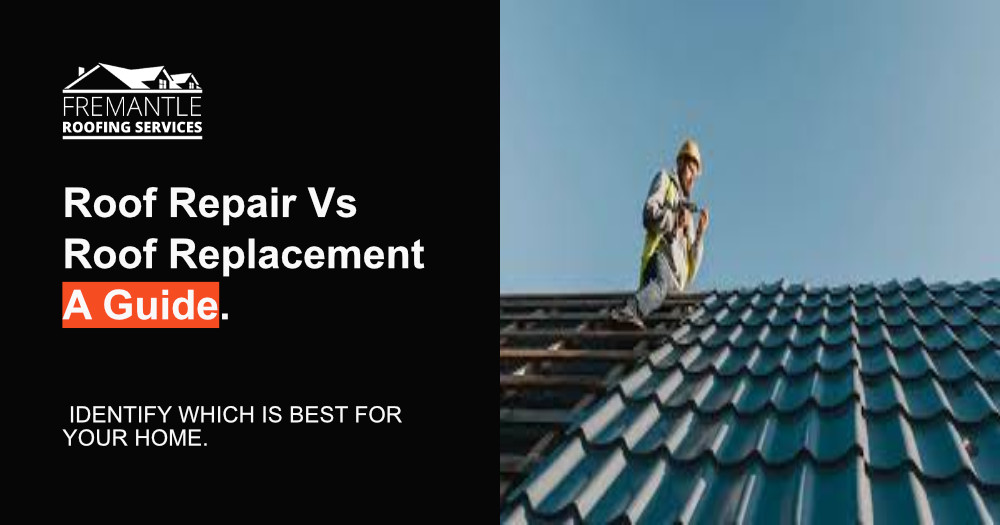

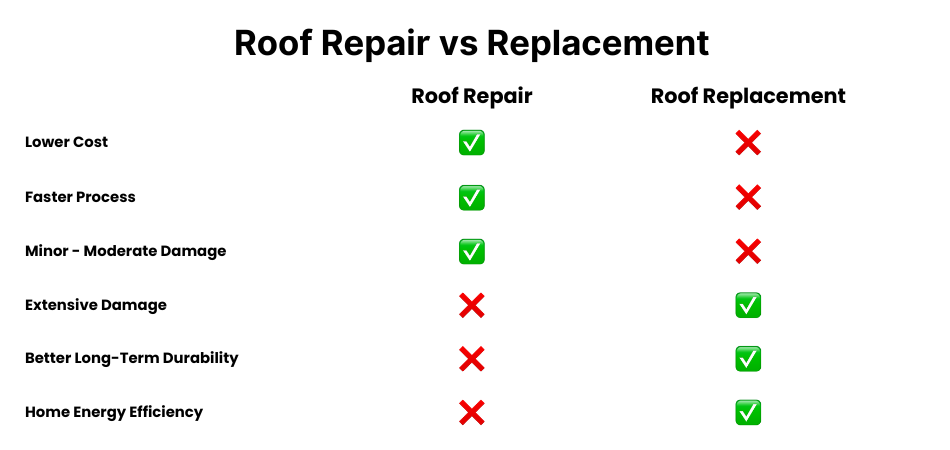

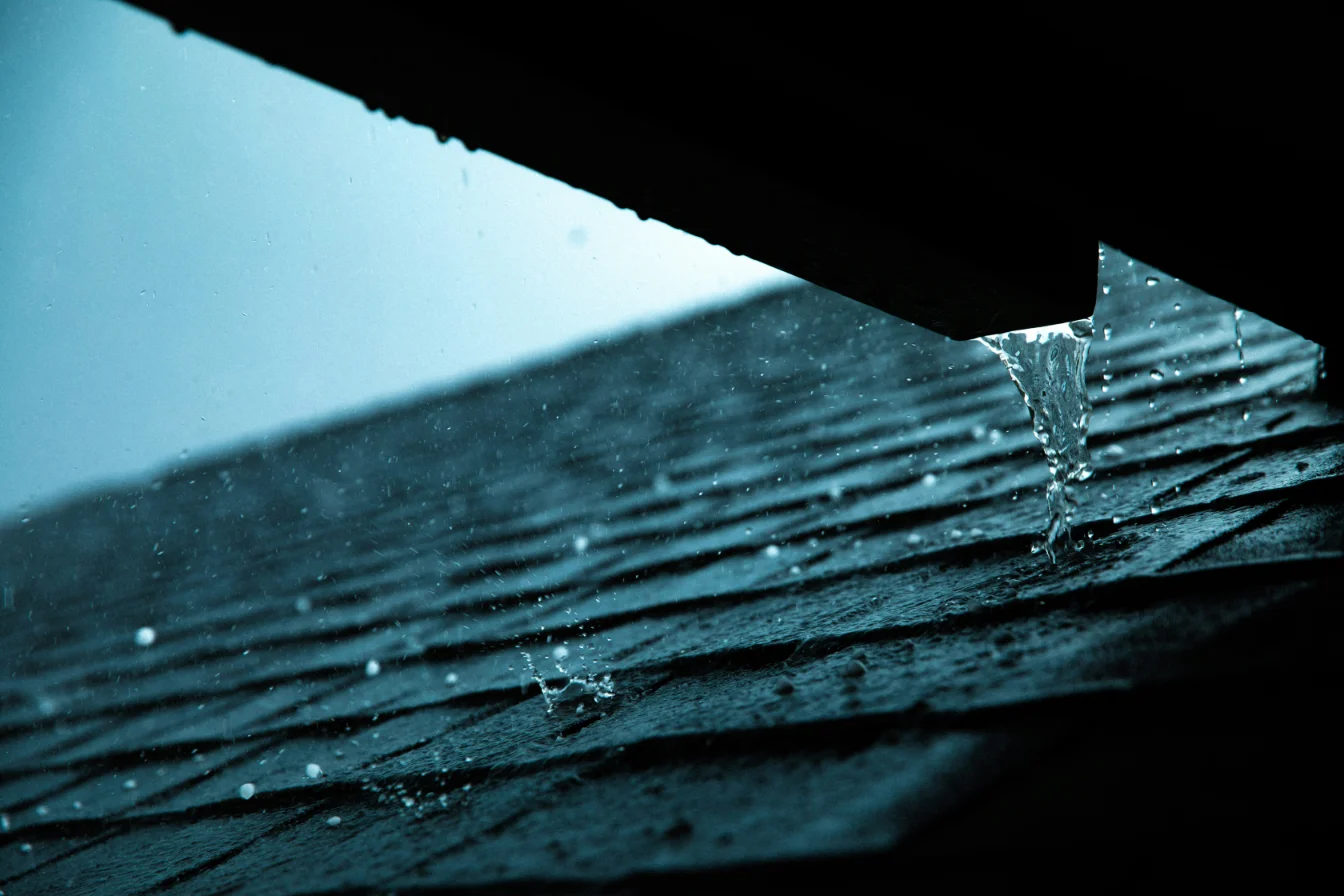
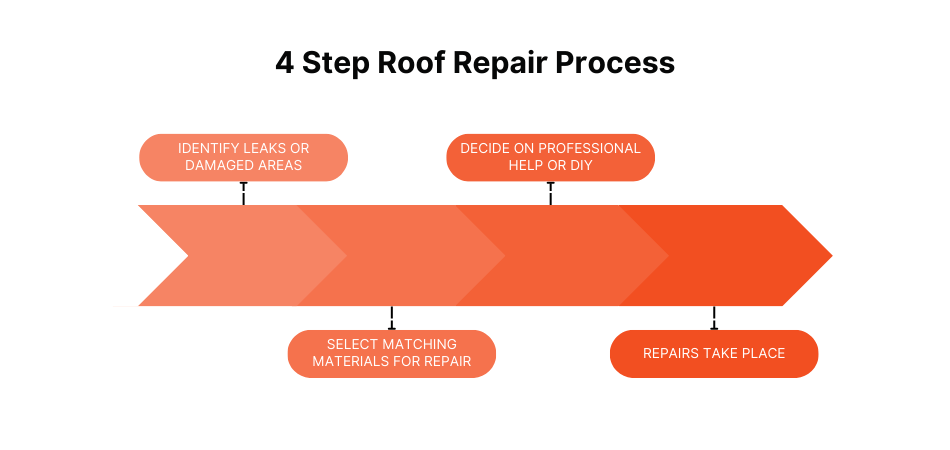
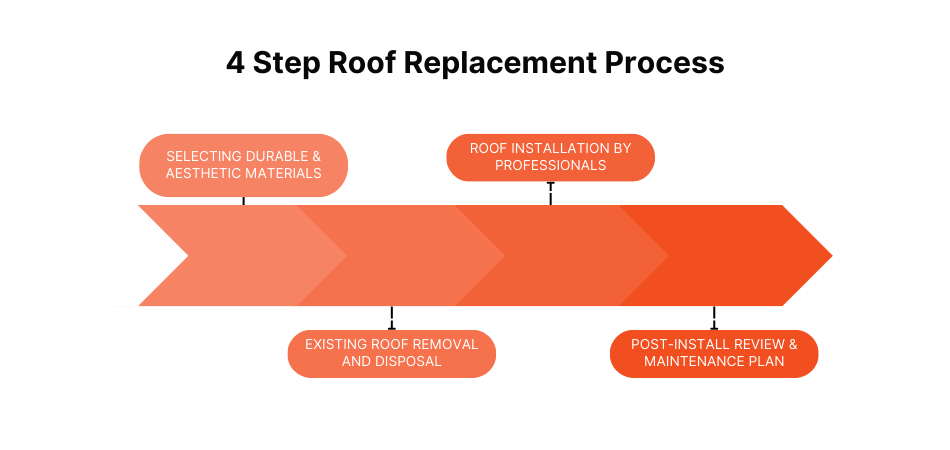
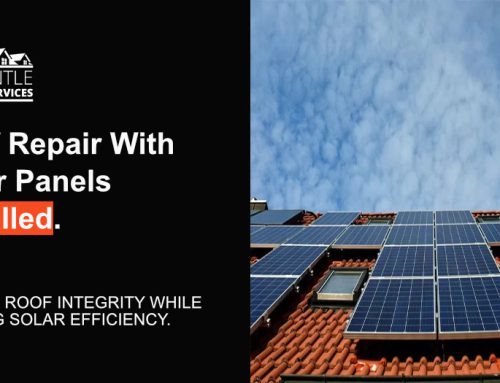
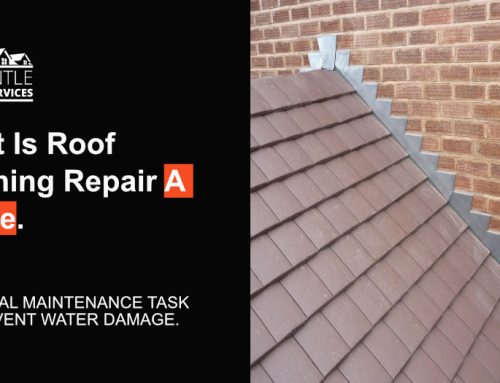
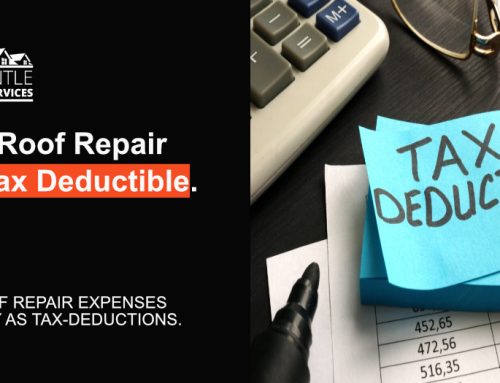
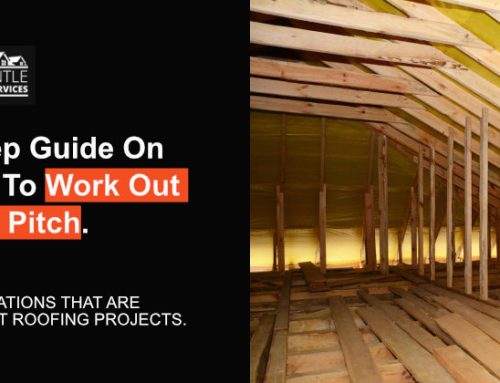
Leave A Comment